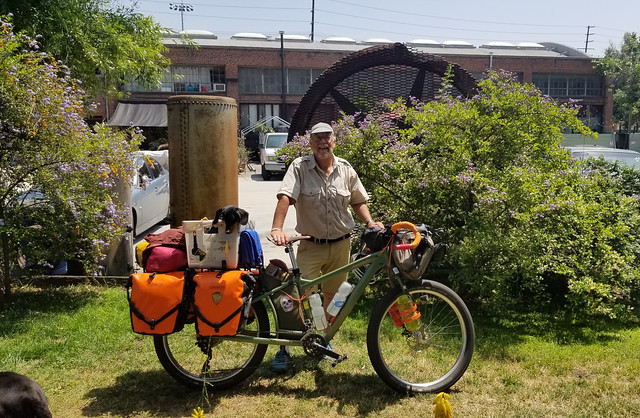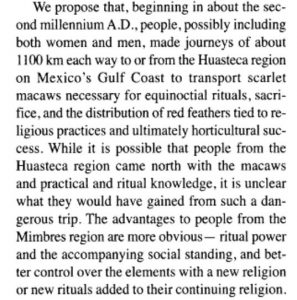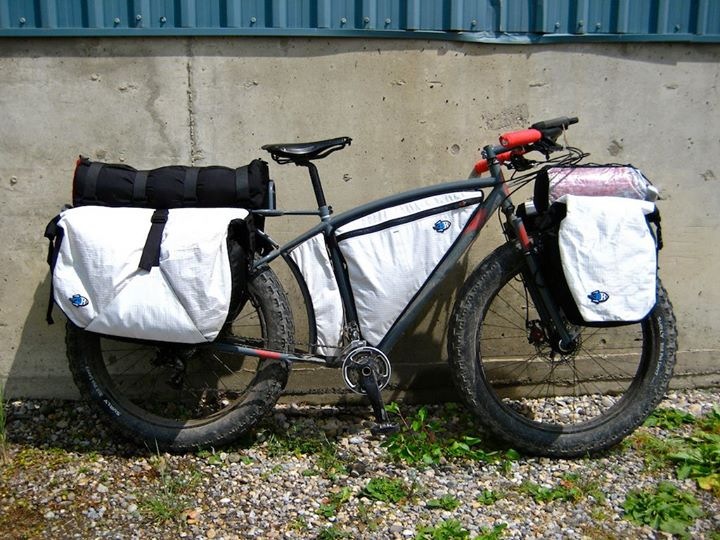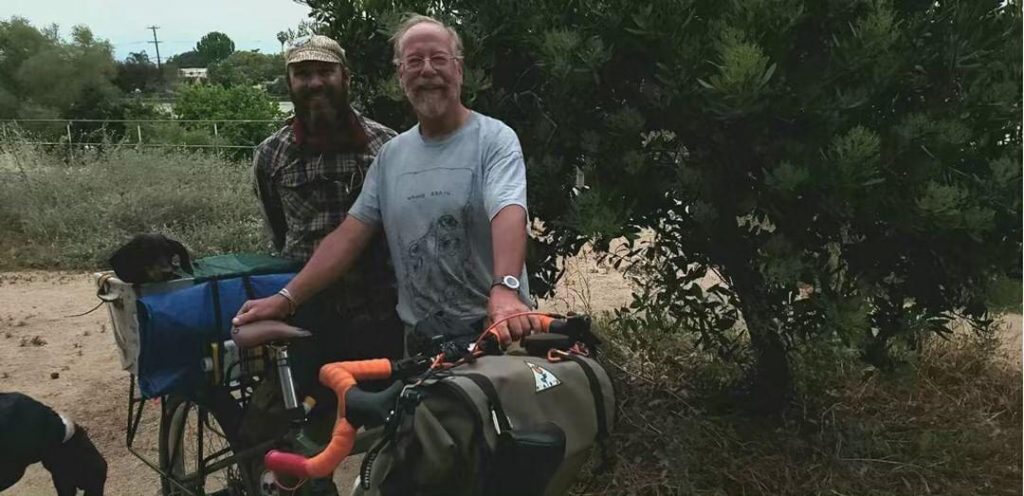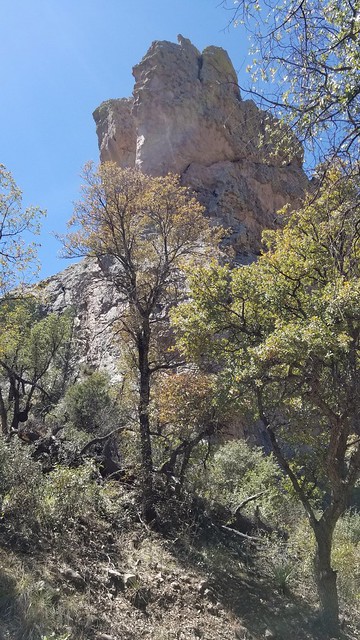Since my last post I’ve done a bit more riding: up the California coast to Monterey and back to Los Angeles. I’ll post the travelogue in a bit; right now I’m going to focus on the reason for my ride, namely, the Monterey Bay Aquarium. Everyone I know who’s visited the Aquarium has raved about it and seeing what all the talk was about was a priority. I spent 2 ‘rest’ days in Monterey at the aquarium – I knew that I’d be overwhelmed after 4 or 5 hours and knew there was more that 4 hours worth of things to see.
Wednesday was ‘get acquainted’ day. I dropped Lotte at doggy day care, cycled back to the motel, dropped the bike and walked through Cannery Row to the aquarium. It was fantastic. Multiple large tanks, each focusing on a specific habitat, great exhibits on cephalopods and Baja California, just great stuff.

The kelp forest tank.

The deep reef from above.
The top of the kelp forest tank.
A tank full of Lookdowns.
Not all the action was indoors. From the sea-side balconies I saw sea otters in the kelp and a sea lion preying on what an Aquarium volunteer guessed was a young adult Mola mola. As I expected, I was used up about four and a half hours in, so I walked back to my room, mounted up and retrieved the pup.
The next day started the same way, but a little bit later, because I was scheduled to take a behind the scenes tour at 2:30. Going behind the scenes was great – we saw the food prep area, the veterinary suite and the top of one of the large tanks.

Just like my fridge!



Service balcony at the top of the deep reef.
One of the coolest things I learned on the tour, though, has to do with the orange buoy shaped object in the photo below. It’s a pig.

The Monterey Bay Aquarium uses seawater from the bay for many of the tanks (all of the big tanks, I think?). The water is filtered during the day to ensure good visibility in the displays, but gets pumped in raw at night. As a result, there’s been a lot of colonization – algae, sea stars, etc, coming in as plankton and growing out in the tanks. What folks didn’t anticipate was that the same thing would happen in the seawater intake pipes; it did. The Aquarium needs to pig the pipes every couple weeks to keep them flowing freely! I don’t know why I find the whole thing delightful, but I do.
An excellent visit to a great aquarium! It moved ‘learn to dive’ way up on my priority list – I want to swim through the kelp forest!

